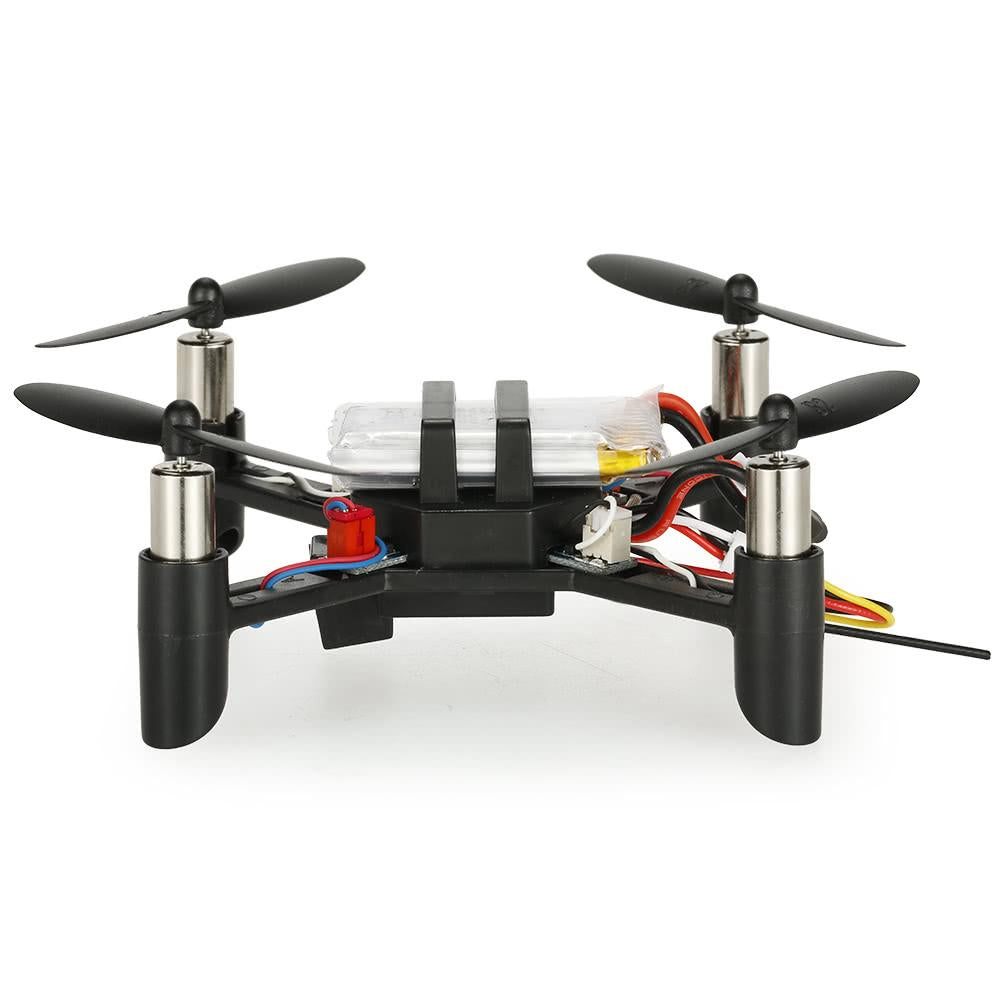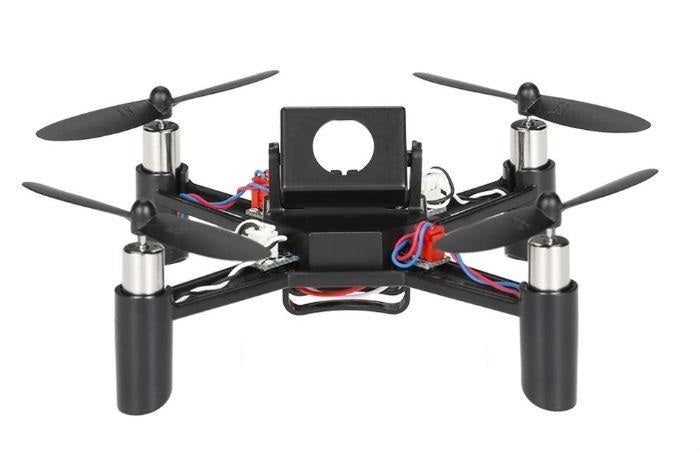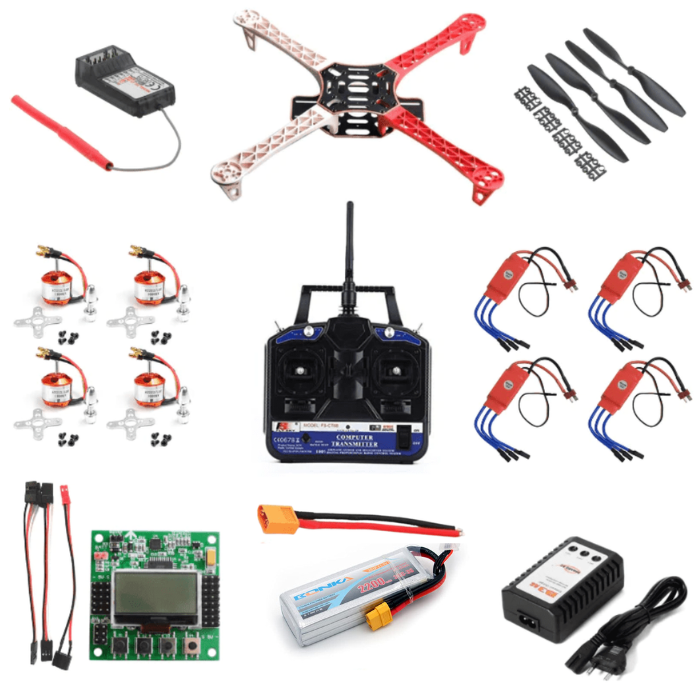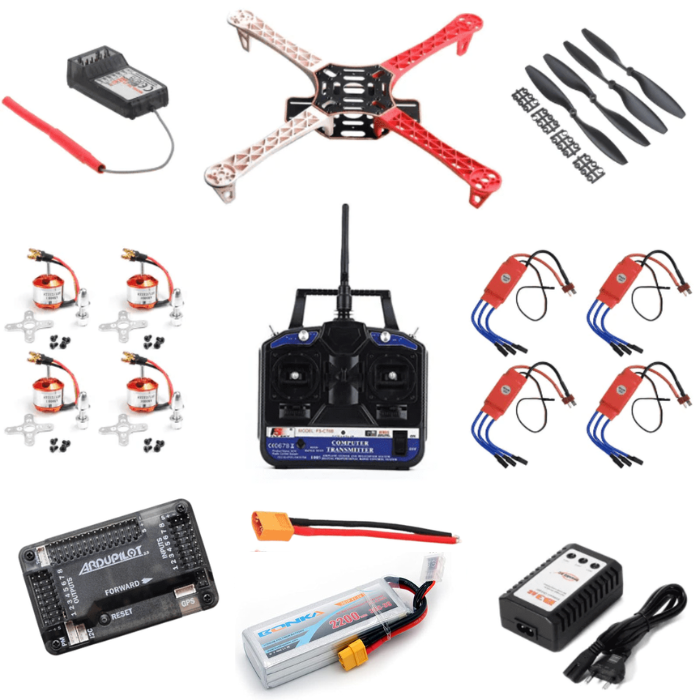How many types of drones are there?
Drone technology is a rapidly developing field and there are many types of drones available on the market. Here are some of the most common:
- Fixed-wing Drones: These feature wings like an airplane, allowing them to stay in the air longer than other models. They typically use less power and can cover long distances with ease due to their aerodynamic shape and design.
- Quadcopter Drones: These come equipped with four propellers that help provide lift when used together for increased stability during takeoffs or landings using vertical lifts instead of traditional taxiing methods associated with fixed-wing aircrafts .
- Hangarless UAVs/VTOL Drone : This type uses multiple engines mounted underneath its body so it does not require any runways or hangars while taking off from ground; they often combine eight individual motors into one unit providing powerful torque control system needed for precise maneuverability without sacrificing speed as compared to airplanes & helicopters .
- Multi-rotor Copters : As opposed to copters which utilize two rotors these offer more versatility through adding additional larger numbered rotor blades giving rise higher powered hover enabling quicker navigation around obstacles resulting faster overall travels times between points A & B making this ideal choice short distance deliveries indoors such warehouses building sites etc.
read more : What are drones? A-Z Guide Of Assembly to Flying
What are rtf drones?
When it comes to aerial photography and videography, few technologies can match the versatility of RTF drones. An acronym for Ready-To-Fly, these specialized multicopper are designed with intuitiveness in mind—allowing users to take advantage of a wide range of features without needing extensive technical expertise or complex setup procedures.

RTF drones feature foldable frames, durable rotors, advanced camera systems capable of capturing stunning video footage from an elevated viewpoint (safely outfitted with obstacle avoidance capabilities), intuitive app controls for real time monitoring and managing flight data remotely via compatible mobile devices, along with manual airborne maneuverability options such as orbit mode and follow me auto travel functions that make those tricky shots easier than ever before!
Altogether they offer immense potential within their respective size classifications; whether intended for beginners seeking creative ways to express themselves through media production or professionals requiring reliable remote imaging solutions – all while being incredibly cost effective compared traditional methods.
read more : Drone Part List
What are kamikaze drones?
Kamikaze drones are a unique and groundbreaking new technology that has recently emerged as an invaluable tool for industrial and military applications. These small unmanned aerial vehicles (UAVs) have the ability to autonomously fly into enemy positions or other hazardous areas while carrying out reconnaissance, surveillance, targeting, or attacks.

They can be deployed quickly with minimal risk of personnel casualties due to their compact size and advanced maneuvering capabilities in tight spaces. Kamikaze drones offer several advantages over conventional aircraft such as increased speed during deployment times; improved safety by removing pilots from harm's way; reduced fuel consumption compared to manned flights; more cost-effective operations since they require less maintenance costs than traditional jets; greater range allowing them to cover much larger distances without refueling stops along the way. In addition their high agility allows for quicker reaction times when engaging targets which enhances mission success rates significantly.
With kamikaze drone technology continuing its rapid development cycle it is only natural that this innovative platform will continue making breakthroughs across a variety of industries serving both commercial interests like rescue missions, cargo delivery services and even entertainment purposes alike!
read more : Drone Motor – Where to Begin?
What are fpv drones?
FPV drones are unmanned aerial vehicles (UAVs) that use first-person view technology to give the pilot a live stream video feed of everything they’re seeing as they fly. Using FPV goggles, smart devices or LCD screens and radio frequency transmitters mounted on the drone itself, this incredible technology provides an incredibly immersive experience for pilots looking to get up close with their environment in amazing ways.

With flight capabilities reaching several kilometers at high speeds, these powerful UAVs make it possible to explore places never before imagined from previously inaccessible heights - all while offering superior maneuverability without sacrificing control! From photographers taking cinematic shots of wide landscapes to extreme sports enthusiasts performing intense stunts off cliffsides; no matter what your hobby may be - chances are there will be some great benefit gained by flying one of these revolutionary devices.
read more : Upgrade Your Control: Best Drone Remote Controllers
Conclusion:
The world of drones is as diverse as it is fascinating. We've explored the various types, from the user-friendly RTF drones that are perfect for beginners, to the awe-inspiring FPV drones that provide a thrilling immersive experience. And then there are the cutting-edge Kamikaze drones, a testament to the ever-evolving technology in this field. As we wrap up this journey, remember that the sky's the limit when it comes to drone applications. So whether you're a hobbyist, a professional, or just curious, dive into the world of drones and discover the endless possibilities that await you in the realm of unmanned aerial vehicles. Ready to take flight? Explore, soar, and capture the world from new heights!
If you appreciate our work don't forget to share this post and leave your opinion in the comment box.
Please do check out other blog posts about Popular electronics
Make sure you check out our wide range of products and collections (we offer some exciting deals!)











